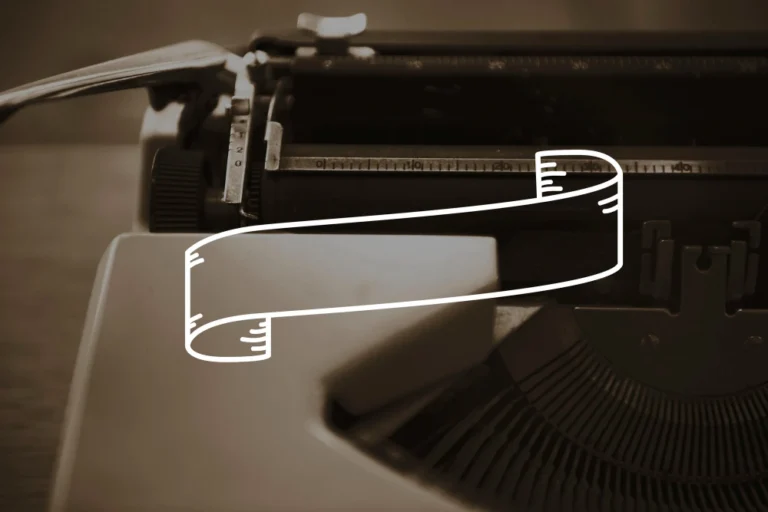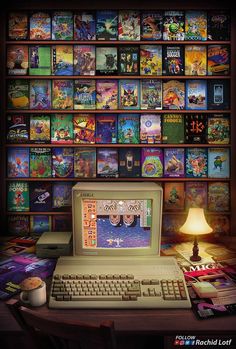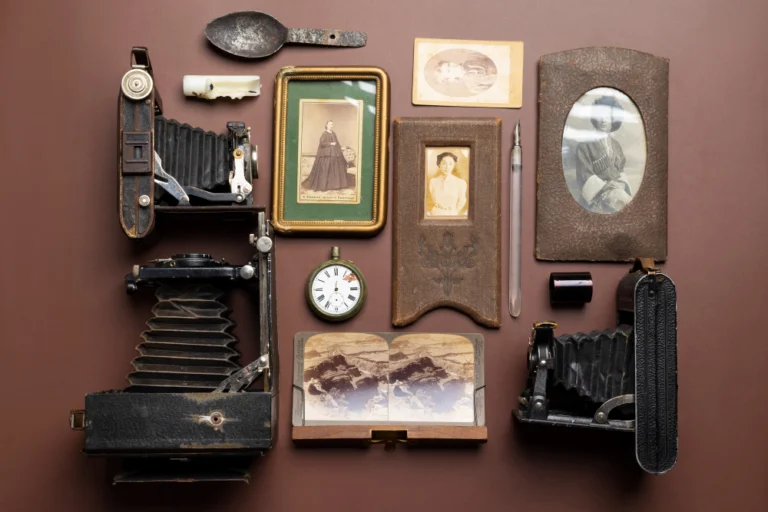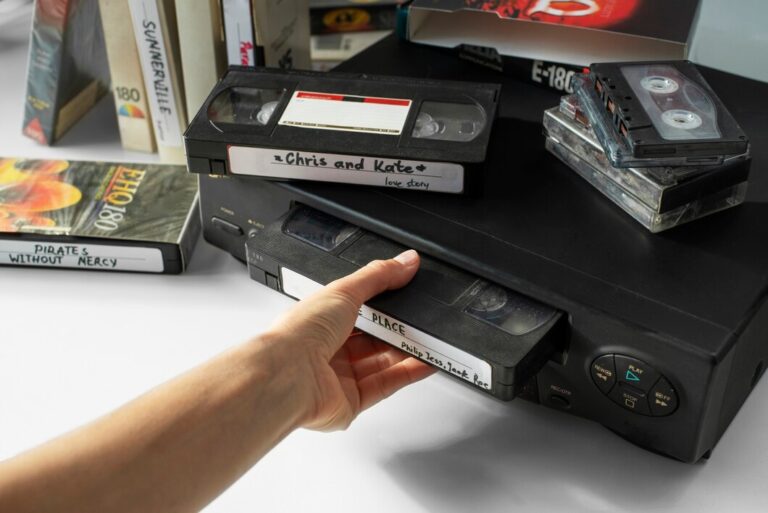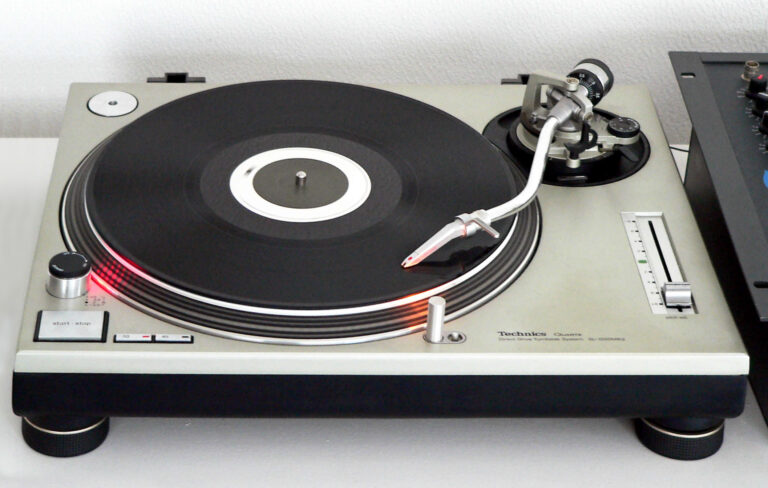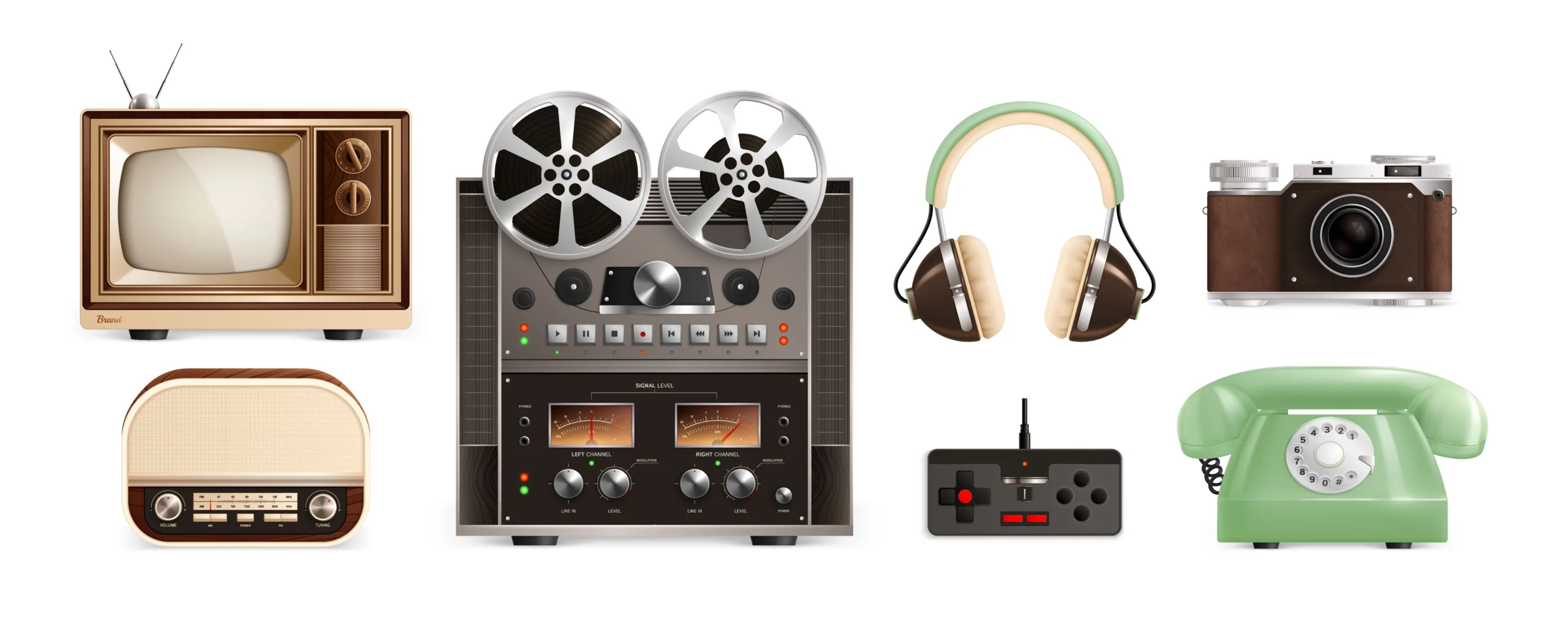
In our digitally driven age, it’s easy to forget the humble beginnings that laid the foundation for our seamless communications. Yet, behind every swipe, call, and click are the Classic Tech Devices—retro gadgets, nostalgic technology, and vintage tech gadgets that shaped modern technology—that revolutionized how we connect. Here’s a curated ode to the trailblazing inventions that reshaped our world.

The Telegraph (1830s – 1840s)
The story of global connection truly begins with the telegraph, invented by Samuel Morse and his collaborators in the 1830s. Transmitting Morse code across wires, this classic tech device made instantaneous communication possible across vast distances for the first time. Think of it as the precursor to email—information traveling at the speed of electricity rather than via horse or ship.
The telegraph’s importance in journalism (waning tense dispatches from wars), business (stock quotes), and personal correspondence cannot be overstated. Without this vintage tech gadget, later innovations like the telephone and radio might have taken decades longer to materialize.

Alexander Graham Bell’s Telephone (1876)
Next up: the telephone, patented by Alexander Graham Bell in 1876. This nostalgic technology was the first gadget that converted sound into electrical signals and back again, enabling real-time voice communication.
Imagine family members speaking to each other hundreds of miles apart—a fantasy just years before Bell turned it into reality. It wasn’t just a retro gadget; it sparked an entire industry, connecting cities, countries, and eventually the world. The telephone transformed social, business, and emergency communications—and set the stage for mobile networks.

Radio—The Wireless Revolution (Early 1900s)
Then came radio, which brought wireless audio transmission to the masses. By the early 20th century, classic tech devices like the Marconi radio used electromagnetic waves to deliver news, entertainment, and music into homes, cars, and public buildings.
Radios connected society in brand-new ways: families huddled around for news updates, political broadcasts, and afternoon serials. This was nostalgic technology in its heyday, fostering both a shared national consciousness and a global community.

Television (1920s – 1930s)
Not content with sound alone, innovators turned their attention to images. Television, emerging in the 1920s and gaining popularity in the following decades, was the first vintage tech gadget to transmit both picture and sound over the air.
By mid-20th century, TVs became household staples, tuning families in to nightly news, ceremonies, and entertainment shows. This retro gadget revolutionized advertising, politics, and pop culture. Blockbusters became community events, binge-watching meant family time, and viewers got the curtain-to-curtain view of the changing world.

The Walkman (1979)
Sony’s Walkman arrived in 1979, redefining personal audio. This compact device played cassette tapes on headphones, liberating music from living rooms and party decks into pockets and backpacks.
The Walkman embodied nostalgic technology and portable freedom. Joggers, commuters, and teenagers formed “Sony walkman gangs,” making music a mobile, intimate experience. It directly influenced modern tech like MP3 players, smartphones, and streaming—all descendants of this “music-on-the-go” classic.

The Personal Computer (1970s – 1980s)
Classic Tech Devices wouldn’t be complete without the personal computer (PC). Machines like the Apple II (1977), IBM PC (1981), and Commodore 64 (1982) made computing affordable and accessible to individuals.
Pioneers in vintage tech gadgets created ecosystems powering word processing, spreadsheets, and early online messaging—scenes echoed in today’s digital offices and homes. These PCs launched hobbyist culture, video gaming, software development, and home networking, sculpting today’s tech-savvy society.

The Modem (1960s – 1980s)
The modem—short for modulator-demodulator—was a humble yet pivotal classic tech device. It enabled digital data to travel over analog telephone lines, literally turning beeps and static into early internet connections.
By the 1980s and ’90s, dial-up modems connected PCs to bulletin boards, email, and primitive web pages. This nostalgic technology delivered pixelated snapshots of the online world, igniting the digital frontier that gave us broadband, Wi-Fi, and cloud computing.
The Mobile Phone (Early 1970s – 1980s)
Mobile telephony started bulky—think the DynaTAC by Motorola in the ’70s—yet promised freedom from landlines. Over the ’80s, analog cellular networks and handheld phones shrank the hardware.
These vintage tech gadgets evolved quickly. Although early mobiles were expensive and limited, they were the first step toward constant, location-independent connection—paving the way for modern smartphones, messaging apps, and mobile internet.

The Pager (1950s – 1990s)
While less glamorous, the pager played a vital role as a classic tech device, especially in business, healthcare, and emergency services. Introduced in the 1950s, pagers delivered short messages or beeps, alerting the user to call back.
Simple, robust, and reliable, pagers were often more accessible than early mobile phones. In many ways, they were “early push notifications”—an indispensable piece of nostalgic technology before SMS, email push alerts, or smartphones existed.
The Internet Browser (1990s)
Rounding out our list: the web browser. While not a physical retro gadget, browsers like Mosaic (1993), Netscape Navigator (1994), and Internet Explorer (1995) became vintage tech tools that transformed data into an interactive, navigable experience.
Your first click, scroll, or hyperlink jump would’ve been through one of these browsers. They made the World Wide Web accessible, democratized information, and laid the foundation for today’s online world. Without them, the social media, e-commerce, and streaming industries couldn’t exist.
Why These Classic Tech Devices Mattered
- They Converged Our World Devices like the telegraph, radio, and telephone shrank distances, turning global communication from a days-long process into something near-instant.
- They Personalized Connection Walkmans, PCs, modems, and mobile phones made connection not just broader—but deeply personal and portable.
- They Set Cultural Rhythms Radios and TVs created communal experiences. Web browsers and PCs enabled new behaviors around working, learning, and entertaining.
- They Fueled Innovation Every nostalgic technology on this list raised the bar. PCs led to laptops; pagers to mobile phones; telegraph wires to fiber optics. Each paved the way for the next wave.
Looking Back, Moving Forward
As we scroll endlessly on smartphones or stream live content from across the globe, it’s easy to forget we’re traveling a road built on Classic Tech Devices, retro gadgets, and vintage tech gadgets that shaped modern technology. These innovations didn’t just connect devices—they connected us culturally, socially, and emotionally.
Some reflections:
- The telegraph showed us that distance can be bridged in an instant.
- The telephone gave intimacy to distance.
- Radio and television made connection communal.
- The Walkman personalized experience; PCs democratized creation.
- Modems and browsers opened the digital frontier.
- Mobile phones and pagers made urgency portable.
Honorable Mentions
A few more nostalgic technologies that didn’t quite make the top 10—but deserve applause:
- Fax Machine: Bridged analog and digital, sending documents over phone lines—precursor to email attachments.
- Pager-based Two-Way Messaging: Evolved into text messaging.
- MiniDisc & CD Players: Transitional forms between analog audio and mp3 players.
- Smartphones’ First Apps: Like early Palm Pilots or BlackBerrys, they hinted at today’s app economy.
Conclusion
These Classic Tech Devices—from the loom of Morse code to the first web browser—didn’t just change how we connect; they redefined what it means to be connected. Each stands as a milestone in a long lineage of vintage tech gadgets that shaped modern technology.
Whether it was exchanging code via the telegraph, pressing a telephone to your ear, slipping on a Walkman, pounding a keyboard on a PC, listening to pagers, or clicking through a web browser—we learned that connection could be immediate, personal, and transformative.
The journey doesn’t end here. As we embrace AI, augmented reality, and quantum networks, we do so standing on the shoulders of these giants. And understanding them isn’t just nostalgic—it’s essential.
